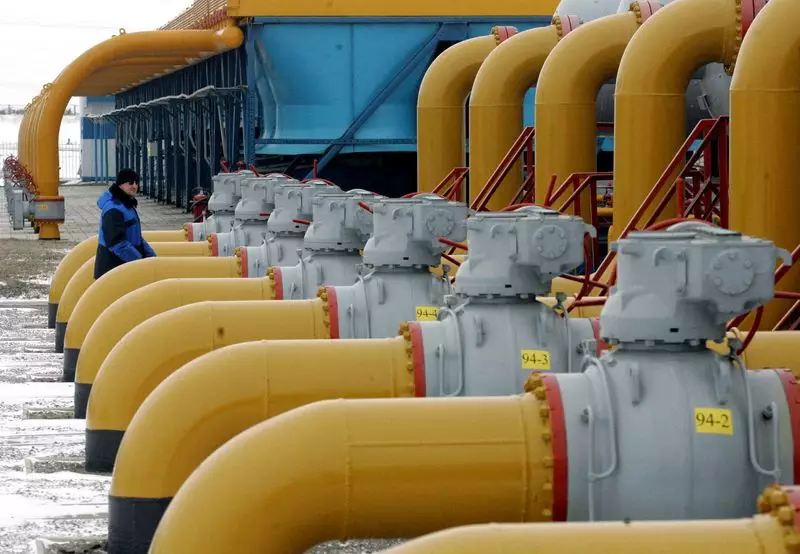On January 1, 2025, Russian natural gas exports through the historically significant pipelines that traverse Ukraine came to a halt. This pivotal moment was marked not just by the expiration of a transit agreement, but by the culmination of a decade characterized by escalating tensions between Moscow and Kyiv, especially following Russia’s annexation of Crimea in 2014. This event has far-reaching implications, signaling a transformation in energy relationships that was anticipated but still remains jarring for many industry observers.
Ukraine’s decisive cessation of Russian gas transit amidst ongoing military conflict underscores a dramatic shift in energy strategy. Ukrainian Energy Minister German Galushchenko heralded this shutdown as a “historic event,” framing it as a significant loss for Russia, which now faces mounting challenges in retaining European markets that have actively sought alternatives to Russian energy supplies. The conflict serves as a stark reminder of the geopolitical vulnerabilities tied to energy dependency, a reality that has driven European nations to accelerate their transition to diverse energy sources.
This move has not been without consequences, particularly for Ukraine, which stands to lose approximately $800 million annually in transit fees as a result of this gas flow cessation. Conversely, Gazprom, the Russian energy giant, could face losses near $5 billion in gas revenues. The cessation of gas through Ukraine underscores a larger narrative: Europe’s ongoing quest for energy independence, a response intensified by the Russian military actions since February 2022.
Ukraine’s refusal to renew transit agreements highlights a broader national security strategy rather than just an economic decision. In response to the war’s pressures, Ukraine has prioritized strengthening its energy sovereignty—an approach that many other nations in the region are now mirroring. As European countries seek to insulate themselves from potential energy shocks and political leverage exerted through energy dependence, new partnerships and supply routes are swiftly taking shape.
In light of these developments, Russia has diverted its efforts to the TurkStream pipeline, which continues to send gas to Europe, albeit at significantly reduced volumes. This route, which runs under the Black Sea, consists of two distinct lines—one serving Turkey and the other supplying Central and Southern Europe, including nations like Hungary and Serbia. However, this alternative does not fully replace the critical volume previously provided via Ukraine, which constituted nearly 50% of Russia’s total gas exports to Europe.
Further complicating the situation is the reality that Moldova, a nation still reeling from the shadows of its Soviet past, faces dire consequences, needing to cut gas consumption significantly as it grapples with reduced supply options. Other countries, such as Slovakia and Austria, who were among the last reliant on Russian gas passing through Ukraine, have been proactive in arranging alternative supply routes—a movement that can be seen as a collective push towards energy diversification.
Historically, Russia, in partnership with former Soviet states, cultivated a robust foothold in the European gas market, which peaked at approximately 35% market share. However, recent conflicts have severely diminished Gazprom’s influence in this space, particularly with the under-utilization of its major pipeline systems like Yamal-Europe and Nord Stream. The earlier robust exports, peaking at 201 billion cubic meters (bcm) in 2018, have plummeted to just about 15 bcm in 2023 via Ukraine, a stark indication of shifting energy landscapes.
The termination of the five-year gas transit agreement may be unprecedented, yet it feels indicative of a broader trend that reflects not merely geopolitical upheaval, but a significant reconfiguration of energy alliances in Europe. As the aftermath of these shifts unfolds, the focus on energy diversification and resilience will remain paramount for both consumers and producers alike, signaling that the future of energy is not only about supply but also about security and sustainability.
This new energy paradigm promotes not just competition within the market but underscores a coalition of nations determined to forge paths independent of Russian influence—ultimately redefining the map of energy dependency on the European continent for years to come.

